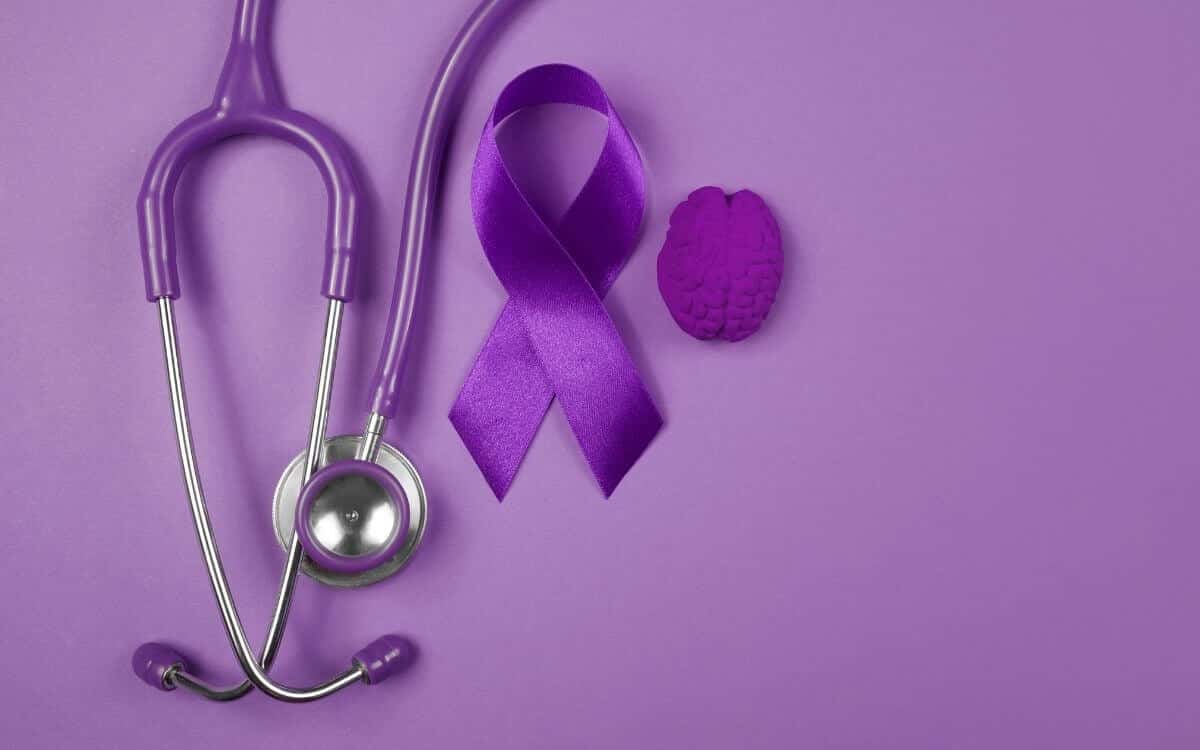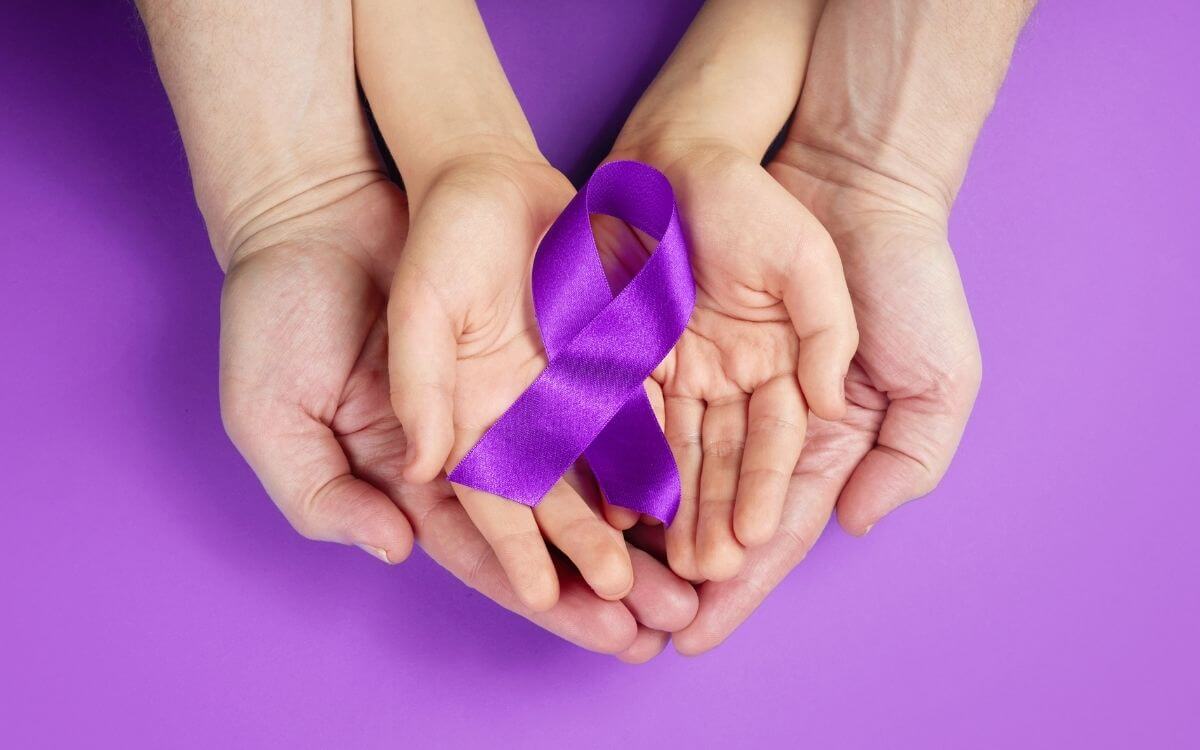How do you know if you have fibromyalgia?
- My wife's fibromyalgia…
- How do you know if you have fibromyalgia?
- What is fibromyalgia?
- Why fibromyalgia affects more women?
- Fibromyalgia symptoms in women…
- 7 types of fibromyalgia pain.
- Menopause and fibromyalgia.
- Diagnosis of fibromyalgia in women.
- Treatment of fibromyalgia in women.
- Management of female fibromyalgia.
- Takeaways!
My wife’s fibromyalgia…
My wife developed fibromyalgia soon after her diagnosis of deep infiltrating endometriosis. She wondered for a while how long she may have had it. How do you know if you have fibromyalgia if you never experienced it yourself?
Naturally, I did not know what to say to her and so we both began extensive research about this chronic disorder. Not being sure, my M rushed to the doctor, who couldn’t confirm her disorder straight away. So, how do you know if you have fibromyalgia if even a general practitioner cannot tell you?
This question is so common amongst women who experience widespread chronic pain, along with different symptoms of this condition. In order to answer it, you need to learn what fibromyalgia is, and how common it is…
Here’s the answer to your question:
Fibromyalgia syndrome (FMS), commonly called by the sufferers “fibro” for short, is a long-term condition that causes pain all over the body. The first main signs of fibromyalgia are:
- Fatigue and lack of energy.
- Trouble falling asleep, insomnia.
- Anxiety and depression.
- Memory problems and trouble concentrating are called “fibro fog”.
- Headaches and migraines.
- Muscle twitches or cramps, numbness or tingling in the hands and feet.
How common is fibromyalgia?
The exact number of people are affected by fibromyalgia isn’t clear, researches have shown that it’s a common condition, suggesting that nearly 1 in 20 people worldwide may be affected by fibromyalgia. But who’s affected?
Anyone can develop fibromyalgia, however, it affects roughly 8 times as many women as men. The disorder can occur in people of any age (including children and the elderly), mostly affecting people between the ages of 30 and 50.
The only definitive way to diagnose fibromyalgia is by visiting your rheumatologist, who will have to exclude other conditions that have similar symptoms.
How do you know if you have fibromyalgia?
Since the majority of people suffering from fibromyalgia are women, and my lovely wife has this chronic disorder, I decided to write this article with women in mind.
The first paragraph of this article answers the question in a nutshell. In order to fully understand it, I prepared for you detailed answers to the following questions:
- What is fibromyalgia?
- Why fibromyalgia affects more women?
- Fibromyalgia symptoms in women…
- Seven types of fibromyalgia pain.
- Menopause and fibromyalgia.
- Diagnosis of fibromyalgia in women.
- Treatment of fibromyalgia in women.
- Management of female fibromyalgia.
What is fibromyalgia?
Fibromyalgia is a disorder characterized by pain that is widespread. It’s mostly musculoskeletal and is accompanied by fatigue, insomnia, brain fog, memory, and mood issues.
Fibromyalgia amplifies your pain sensations by sending painful and nonpainful signals despite you not having any trauma.
Fibromyalgia is often triggered by a stressful event, including physical, psychological, or emotional stress.
In my wife’s case, she developed fibromyalgia disorder after her diagnosis of stage IV deep infiltrating endometriosis. The event was physical, emotional, and psychological.
There are also other, possible triggers for this condition such as an injury or a viral infection.
Despite what general practitioners say, it is NOT considered a mental illness. Many people with fibromyalgia simply experience depression and anxiety.
It is a completely natural response to long-term chronic conditions that are life-changing.
To help raise awareness about fibromyalgia, you can wear purple clothes or a purple ribbon, or even change your social media profile pictures to a purple ribbon.
If you wish to find some nicely packed information about fibromyalgia, I wrote “Fibromyalgia for Caring Partners” e-Book. You can get the 1st chapter FREE!
FREE Fibromyalgia e-Book
Fibromyalgia for Caring Men

Why fibromyalgia affects more women?
Fibromyalgia affects a lot of women, as many as 80% of diagnosed people are females. Men get this disorder too, however, they experience it differently.
Men tend to get fewer and milder symptoms than women, and the discomfort they experience lasts shorter and occurs less often.
While women experience tenderness or pain in at least 11 out of 18 tender points, men have only as little as 6 such tender areas in their body, and they aren’t as painful as those in women.
The reasons for such gender differences aren’t fully understood, however, as always, there are theories why women suffer more than men.
In the same way as the theory for endometriosis goes, fibromyalgia is meant to have a connection with estrogen.
Because fibromyalgia peaks during women’s reproductive years, female hormones are believed to play a role in the higher occurrence and severity of this disorder.
Many women complain that fibromyalgia pain is worse just before and during their periods.
This is exactly the same for endometriosis and may be due to hormone fluctuations right before menstruation and after the period.
Fibromyalgia symptoms in women…
Are fibromyalgia symptoms worse in women? The simple answer is yes. Fibromyalgia in women causes higher levels of pain.
Women also have additional symptoms, such as heavy or painful menstruation, although the symptoms vary from person to person.
The same as endometriosis, when it comes to women, fibromyalgia is very poorly understood. Doctors historically tended to disregard women and their pain. Women have more trouble getting diagnosed for that reason.
Women with fibromyalgia experience more pain all over their body than men, however, everyone with fibromyalgia may experience one or more of the following symptoms:
- Persistent, widespread pain.
- Dizziness, cognitive problems.
- Heightened sensitivity to pain.
- Chronic fatigue, tiredness.
- Loss of concentration or memory.
- Dry eyes, hair loss.
- Urinary problems.
- Diarrhea and gastrointestinal issues.
Symptoms can vary in intensity, but stress makes the pain worse.
Additionally, women with fibro may experience heightened or different symptoms compared with men.
Specific symptoms they are more likely to experience are:
- Fatigue in the morning.
- Pain all over their body.
- Symptoms are specific to IBS.
- Painful menstruation.
- Periods are heavier.
- Heightened fatigue and mood swings.

7 types of fibromyalgia pain.
Fibromyalgia pain breaks into seven varieties: hyperalgesia, allodynia, paresthesia, muscle pain, joint pain, headaches, and abdominal pain.
Hyperalgesia – “hyper” means excess, “algesia” means pain, and therefore hyperalgesia is simply a medical term for pain amplification in fibromyalgia.
In other words, the brain “turns up the volume” of pain signals, making them more severe than they would normally be.
Widespread muscle pain – persistent muscle and soft tissue pain (myofascial pain) is often described as a deep and gnawing soreness, stiffness, aching, or throbbing all over the body.
This kind of pain affects your arms, legs, neck, and shoulders. Your low back pain can radiate to the buttocks and legs. Pain in the neck moves across the back of your shoulders.
Joint pain – it’s an aching sensation, and swelling is common. Joint pain is often described as a dull ache that can move.
Allodynia – it means that your skin is painful to touch, for instance, when mild pressure from clothes or gentle massage causes pain.
Pain signals originate in nociceptors (nerves), that sense information about things like pain and temperature right from the skin.
A lot of people (including my wife) describe it as skin sensitivity that is similar to a sunburn.
Neuropathic pain – it’s a kind of pain that causes nerve sensations to feel like crawling, tingling, burning, itching, or even numb.
Headaches – are caused by tension and are the most common type experienced by women with fibromyalgia.
Tension headaches feel like dull pressure all around the head, they are uncomfortable and nagging.
There are also migraines, which are very painful, often occurring on one side of the head. These types of headaches are associated with light and sound sensitivity.
Abdominal and pelvic pain – it’s common among women because of their menstruation. They are also associated with irritable bowel syndrome.
IBS is a disorder characterized by cramping abdominal pain and bloating. My wife belongs to nearly 50% of people with fibromyalgia who have it.
Acid reflux is an additional fibromyalgia pain that causes heartburn, and regurgitation.
Also, people with abdominal pain experience pelvic pain which may be associated with symptoms of interstitial cystitis, and often urge to urinate, especially at night.
Menopause and fibromyalgia.
Women who suffer from fibro experience much stronger menstrual pain.
Menstrual cramps can be very painful, women have more painful periods, often fluctuating as their menstrual cycle progress.
Fibro symptoms may feel worse in women who are postmenopausal or experience menopause. They may increase feelings of:
- crankiness
- soreness
- achiness
- anxiety
- depression
- pain
- tenderness
- lack of quality sleep
- trouble with memory
As I already mentioned, some women who have fibromyalgia also have endometriosis. This is a disorder where tissue from the uterus grows in other parts of the pelvis.
Fibromyalgia can also increase the discomfort that endometriosis causes. Talk to your doctor if these symptoms don’t go away after menopause.
Diagnosis of fibromyalgia in women.
Fibromyalgia seems to be linked to changes in how your brain and spinal cord process pain signals.
This means that your doctor will usually rely on your group of symptoms to make a diagnosis.
Given that fibromyalgia symptoms can come and go, you will be diagnosed as having at least 11 tender points.
Doctors are uncertain about how much pressure to apply during a tender point exam. General practitioners should send you to a rheumatologist who specializes in this condition.
How do you know if you have fibromyalgia? Your doctor should determine if your symptoms are caused by other underlying problems, such as:
- Rheumatic diseases like rheumatoid arthritis, Sjogren’s syndrome, or lupus.
- Mental health problems such as depression and anxiety.
- Neurological disorders. Some women with fibro experience numbness and tingling, even strong tight feelings around the waist and above. This mimics multiple sclerosis and myasthenia gravis.
In order to diagnose fibromyalgia, tests may be needed, so the rheumatologist rules out other conditions that may have similar symptoms.
Your doctor will provide blood tests that include:
- Complete blood count.
- Erythrocyte sedimentation rate.
- Cyclic citrullinated peptide test.
- Rheumatoid factor.
- Thyroid function tests.
- Anti-nuclear antibody.
- Celiac serology.
- Vitamin D.

Treatment of fibromyalgia in women.
Before we discuss how to manage fibromyalgia, it’s important that you know what doctors will most likely do to try and treat it:
Medicine to treat your pain.
The Food and Drug Administration (FDA) has approved three medicines to treat fibromyalgia:
- pregabalin
- duloxetine
- milnacipran
Your doctor may also suggest painkillers or antidepressants in order to treat certain symptoms or prevent flare-ups.
Talking therapy or simply counseling sessions with a trained counselor can teach you different skills and techniques that you can use to take more control over your pain. This type of therapy is either – one on one or a group session.
Living with a chronic condition such as fibromyalgia is difficult. Support groups may also give you emotional support and have a social aspect to some respect.
Your doctor may also suggest you take steps at home to relieve your symptoms. These steps relate to management.
Management of female fibromyalgia.
Lastly, as I mentioned above, the management of fibromyalgia, or any chronic condition for that matter, like stage IV deep infiltrating endometriosis my wife suffers from, is to have a holistic approach.
Holistic management relates to natural remedies for fibromyalgia such as:
- Sleep.
- Exercise.
- Rest.
- Diet and supplements.
- Reducing stress.
- Meditation.
- Acupuncture.
- Massage.
- Yoga and tai chi.
- Flotation and spa therapy.
- Transcranial magnetic stimulation.
- Biofeedback therapy.
- Reiki.
These things are crucial to breaking the pain cycle which is triggered by a stressful environment.
Anyone suffering from fibromyalgia pain has no definite cause and should seek medical help. Often times it will take years before you get diagnosed, therefore you need to think of yourself before the doctor do it for you.
It may be a long wait, so trust me and practice self-care…
An important part of self-care is finding a supportive doctor who understands fibromyalgia and has experienced this pain disorder. While home remedies can help you combat your symptoms, it,s best to discuss them with a rheumatologist before trying anything new.
FREE Fibromyalgia e-Book
Fibromyalgia for Caring Men

Takeaways!
Fibromyalgia is a terrible disorder. Now you know why fibromyalgia affects more women, but how do you know if you have fibromyalgia at all?
You know it after you learn what fibromyalgia symptoms are, especially in women like yourself because they are more extensive and painful than those in men. And remember about the seven types of fibromyalgia pain.
As a woman, you’ll find that menopause and fibromyalgia are influencing each other, and endometriosis may be sometimes mistaken for this condition.
Oftentimes, as it was in my wife’s case, fibromyalgia can be a shock response to being diagnosed, and physically and emotionally traumatized by endometriosis diagnosis.
Diagnosis of fibromyalgia in women can be difficult, there are many tests you will have to do in order to exclude other conditions. Treatment of fibromyalgia can be difficult as there is o cure for this disorder.
In order to learn to live with fibro, you’ll have to take a holistic approach in order to manage this condition. Drugs are a short-term solution, you get addicted to them, and eventually, they stop working.
I hope this post answered your question of how do you know if you have fibromyalgia… Take good care of yourself!


About Me
Hi, I’m Lucjan! The reason why I decided to create this blog was my beautiful wife, who experienced a lot of pain in life, but also the lack of information about endometriosis and fibromyalgia for men…
